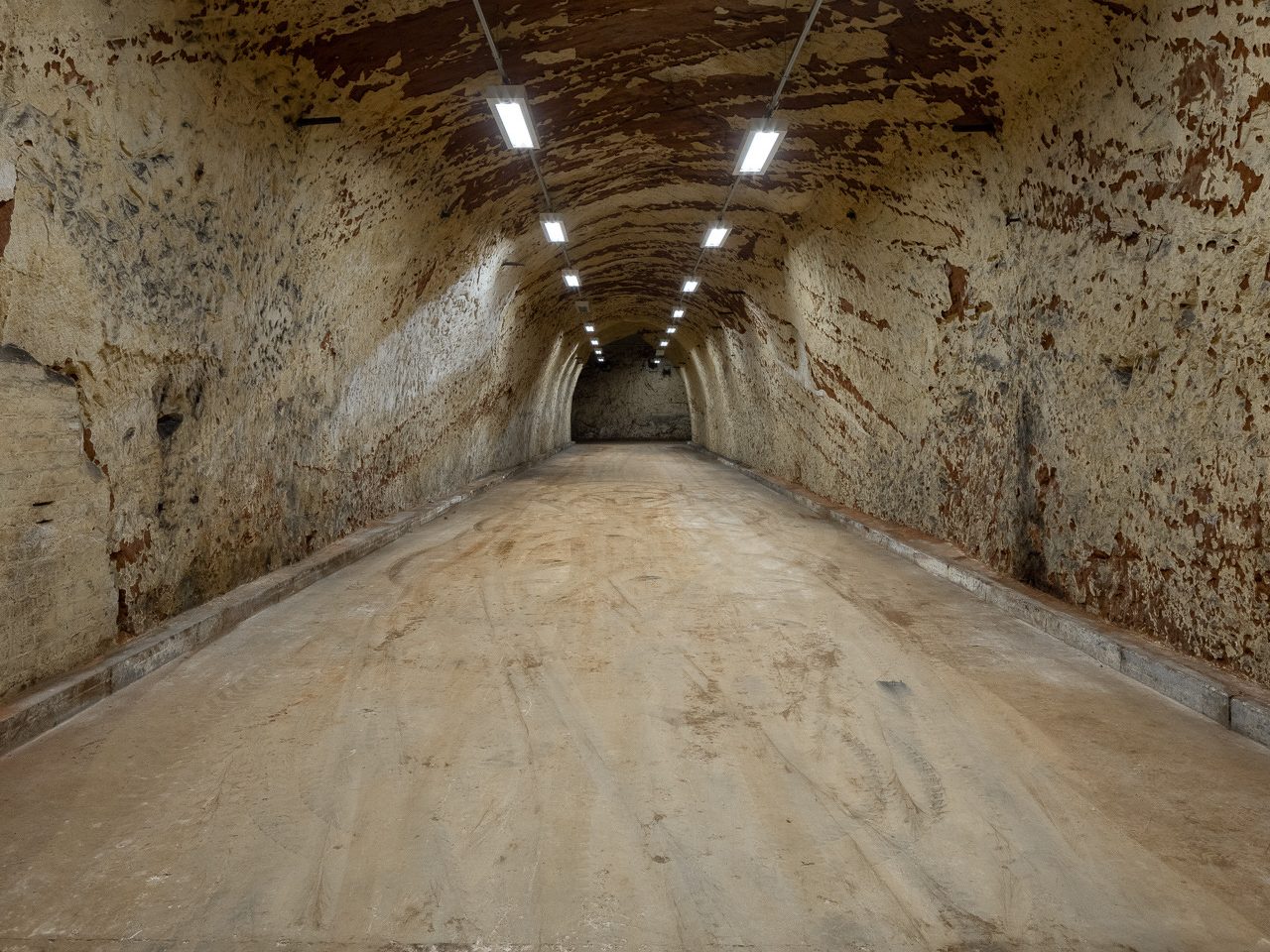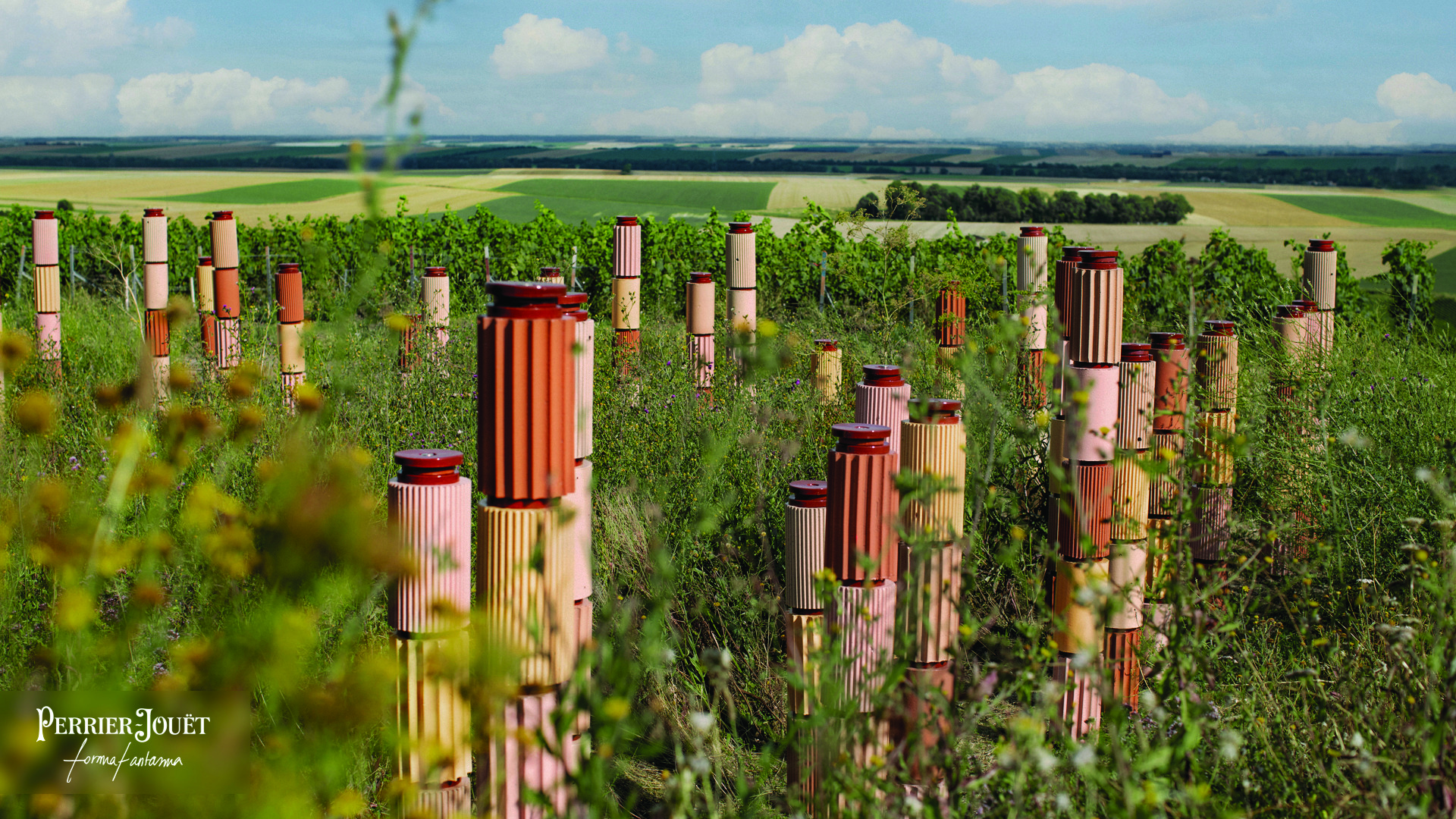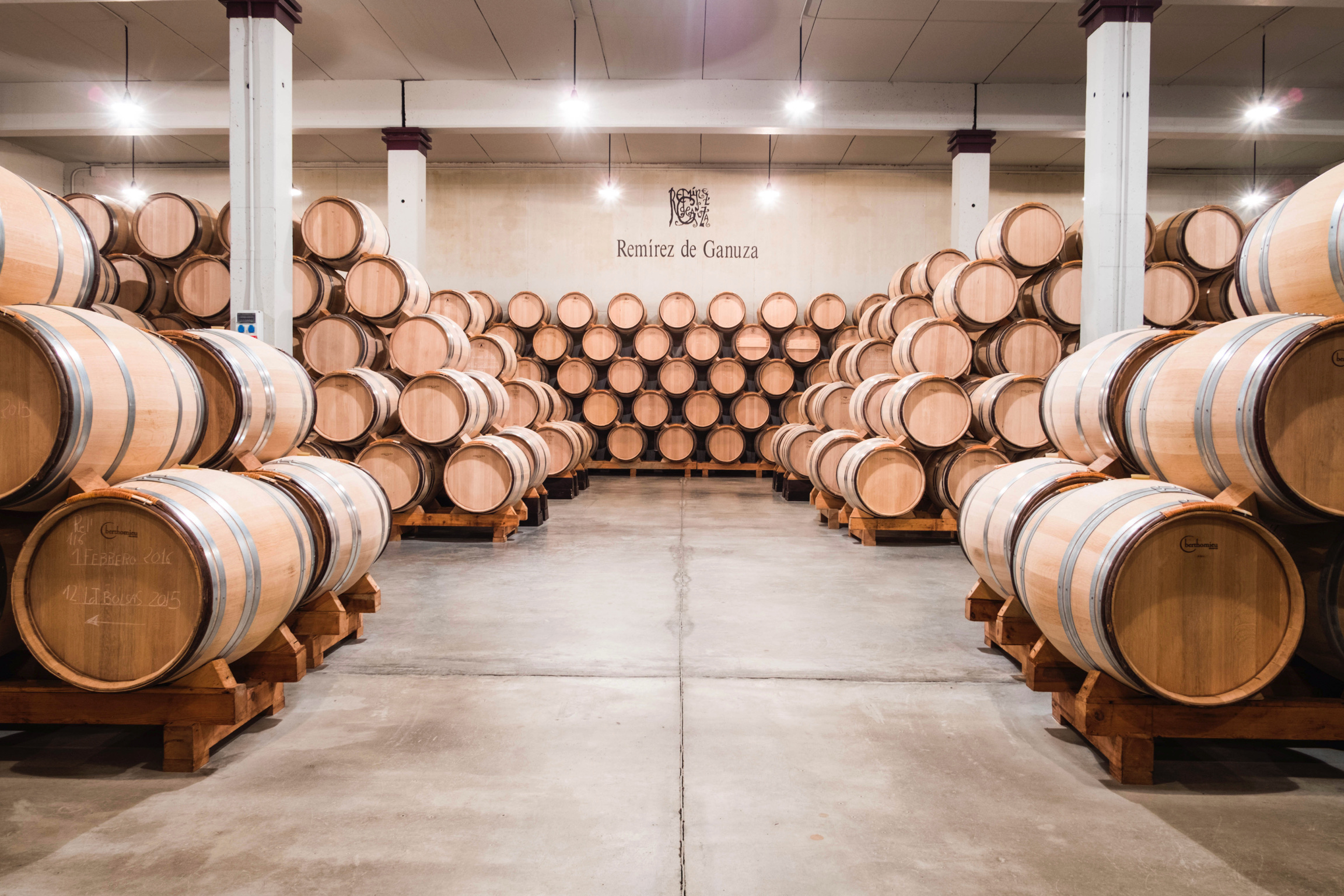This website uses cookies so that we can provide you with the best user experience possible. Cookie information is stored in your browser and performs functions such as recognising you when you return to our website and helping our team to understand which sections of the website you find most interesting and useful.
Why this wine is the Champenois’ favourite rosé
When Pernod Ricard decides to incorporate a Provence rosé into its Champagne arm to sit beside its two iconic fizz brands you know it has something special. Sarah Neish speaks to the brand in question.
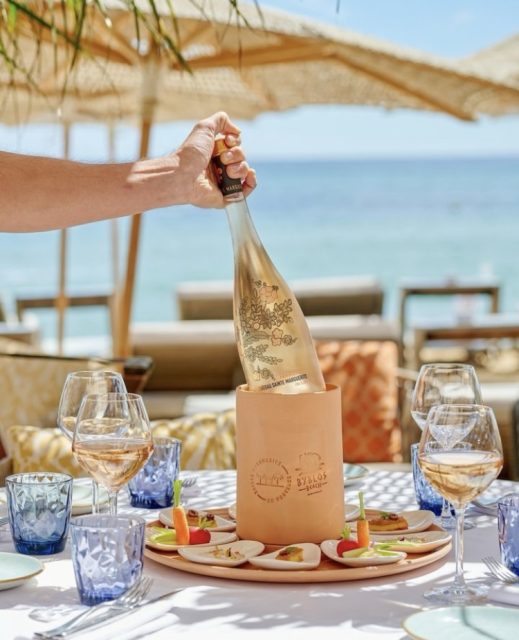
Three years ago, Pernod Ricard quietly bought a majority share in the family-owned Côtes-de-Provence rosé brand Château Sainte Marguerite, which until then had remained a fairly well-kept local secret. Alexandre Ricard was looking to expand Pernod Ricard’s wine arm, and he, along with half of Provence, had long been an admirer of Sainte Marguerite’s rosé wines. This year will be Sainte Marguerite’s 49th harvest.
Having snapped up shares in the Provence-based producer in 2021, Pernod Ricard decided to leave the Fayard family at the core of Sainte Marguerite’s winemaking and production process. Where the drinks giant felt it could bring real value, however, was in marketing the brand to a global audience, and helping it to reach new markets that would love its wines as much as those living in the South of France.
Here’s where it gets interesting.
Rather than lump Sainte Marguerite in with the rest of Pernod Ricard’s still wine portfolio, which includes such brands as Brancott Estate, Campo Viejo, Church Road, Jacob’s Creek and Stoneleigh, Alexandre insisted on integrating Sainte Marguerite into the group’s Champagne portfolio.
No doubt the move would have raised the odd eyebrow among the group’s two hero Champagne brands – Perrier-Jouët and Mumm. But there was some method behind the madness.
Pernod Ricard had quickly identified that Sainte Marguerite shared “the same strong quality and excellence,” as its Champagne brands.
“The meticulous work in the vineyard that takes place all throughout the year at Sainte Marguerite is very close to the Champagne making experience,” Raphaela Allouche, head of external communications for Sainte Marguerite, Perrier-Jouët and Mumm, tells db in an exclusive chat.
And of course, the Champagne brands and rosé producer are both master blenders.
Sainte Marguerite ferments each of its grape varieties separately before carefully blending them to achieve the ideal result. For the latest vintage of its top-level ‘Marguerite’ wine (RRP: £55), that means about a 60/20 split between Grenache and Cinsault, plus 20% Vermentino. Only around 15,000 bottles of this wine are produced each year, with around 500-1,000 of those bottles exported to the UK.
“We try a lot of samples from different plots separately to really get a sense of the year,” says Olivier Fayard, winemaker and CEO, Sainte Marguerite.
The brand’s signature style, says Fayard, is “perfectly balanced fruit with acidity”, and “this is really an obsession for our family”. In the case of its Marguerite wine, there are zero grams of residual sugar.
Partner Content
Three wines currently make up Sainte Marguerite’s offer: Symphanie (RRP: £20); Fantastique (RRP: £35) and Marguerite (RRP: £55).
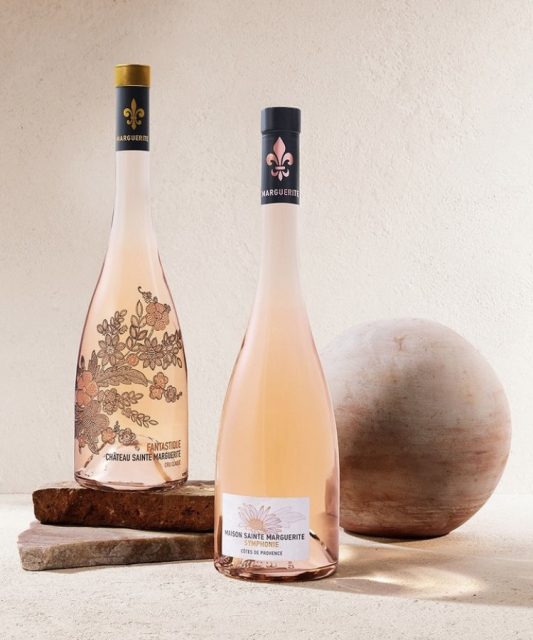
The Provence wine estate, too, is 100% organic across its 540ha (certified in 2012 through Ecocert, so a relatively early adopter of organic viticulture in the region), as well as vegan certified, registered with the Vegan Society. This sustainable approach tallies with Perrier-Jouët and Mumm’s careful stewardship of the land. Mumm was one of the first Champagne houses to stop using chemical herbicides in its vineyard at the beginning of 2020, while Perrier-Jouët is currently experimenting with using regenerative viticulture on around 10 hectares of its own vines (41% of the house’s vineyards). Both also carry wider sustainable certifications.
“If you respect the grape from the beginning, respect the workers and respect the land, it will give you great wine,” says Allouche.
Regarding the decision to go vegan with the wines, it was really a case of “why not?” she says, pointing out that on a recent trip to the US, restaurants in New York were “more interested in the vegan aspect of Sainte Marguerite wines than anything else.”
Distinct advantages
There are distinct advantages to the rosé brand being so closely associated with two iconic Champagne houses, especially in more luxury-focused markets such as Asia. Pernod Ricard has been promoting its Champagnes in Asia for a while, and it spotted a canny opportunity for Sainte Marguerite to carve out a place for its pink wines in the Korean and Japanese on-trade.
“Asia is not so big on rosé yet,” says Allouche. “But they are all about fine dining and gastronomy. We go out there and show them that Sainte Marguerite’s rosé wines are extremely versatile and can pair with almost anything on the table – they’re an amazing match with wasabi, ginger and soy sauce. And equally good with fish as with chicken or red meat. You can buy one bottle for the table, no matter what everyone is eating.”
Japan is already a hugely important market for Perrier-Jouët’s Belle Epoque, with the brand previously telling db:
“They’ve really fallen for Belle Epoque in Japan due to the story behind it and its link to nature via the anemone flower design, which really resonates with Japanese consumers. The wine’s soft, gentle style also really suits Japanese food and palates.”
It speaks volumes of Fayard’s craftmanship that both Perrier-Jouët and Mumm both regularly serve his Sainte Marguerite rosés as an aperitif at their own tasting events all over the world.
The word ‘Marguerite’ in fact loosely translates as ‘daisy’ in English. It would appear that the links between the Champagne world and this Provence rosé maker could be one daisy chain that proves surprisingly robust.
Related news
Bodegas Murua scores highly with Rioja portfolio
All the medallists from the Rioja Masters 2024
Monte Real driving innovation in Rioja, but still led by the land

